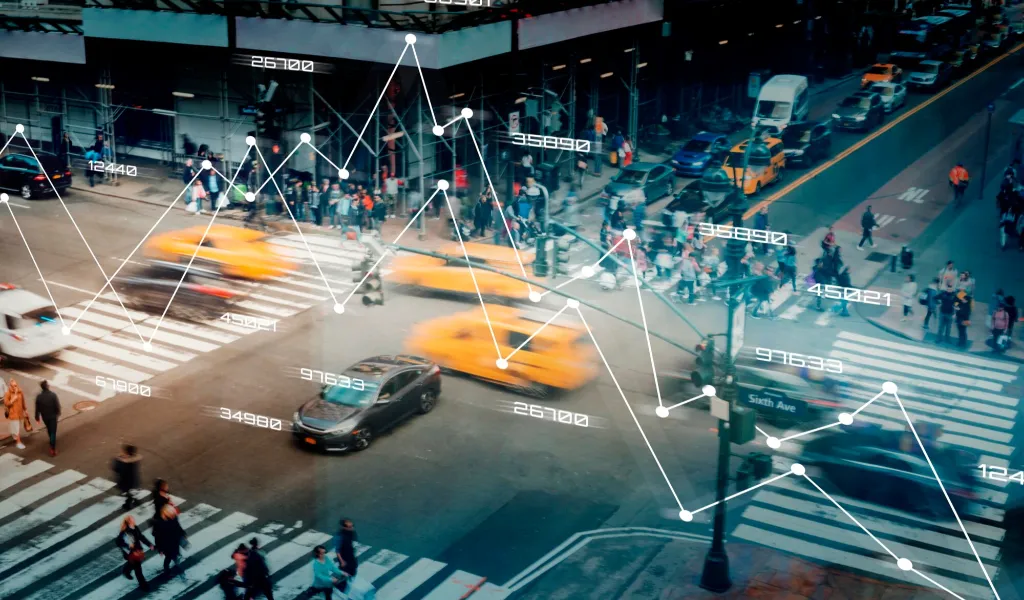How EV Charging Supports the Development of Smart Cities
The concept of smart cities is rapidly evolving, bringing together digital infrastructure, renewable energy, and sustainable mobility. One of the pillars of this transformation is electric vehicle (EV) charging infrastructure, which not only powers cars but also strengthens the backbone of smart urban living.
Mobility as a Core Element of Smart Cities
Smart cities aim to provide seamless, efficient, and eco-friendly transport systems. EV charging plays a key role in this vision by reducing emissions, enabling clean mobility, and connecting vehicles with energy-efficient grids.
Integration with Digital Infrastructure
Modern charging stations are no longer standalone units. They are integrated into digital ecosystems, offering real-time data on usage, energy demand, and availability. This data helps city planners optimise traffic flows, energy consumption, and urban design.
Supporting Renewable Energy Transition
By connecting EV chargers to solar, wind, and battery storage, cities can build resilient energy systems. Smart charging ensures vehicles are powered during off-peak hours or when renewable generation is highest, reducing strain on the grid.
Enhancing Citizen Experience
For city residents, EV charging hubs double as community assets. They create accessible charging for all drivers, encourage green lifestyles, and improve urban air quality, making cities healthier and more livable.
Click&Plug’s Vision for Smart Cities
Click&Plug provides scalable, compliant, and digitally integrated solutions for municipalities and operators. From dynamic load management to multilingual user apps, its platform aligns perfectly with the needs of smart city ecosystems.
EV charging is more than an infrastructure project — it is a catalyst that brings together energy, mobility, and digital transformation to shape the smart cities of tomorrow.

